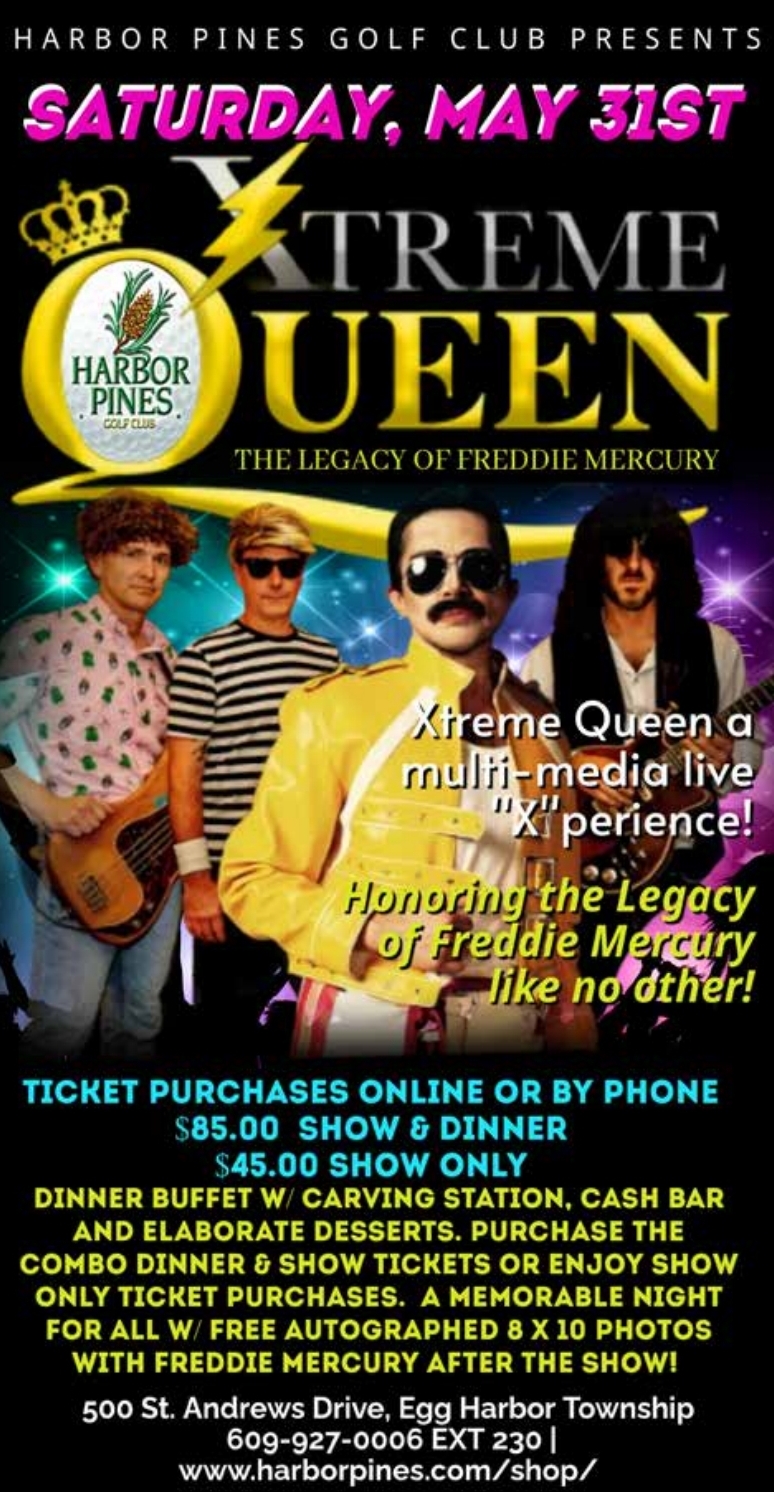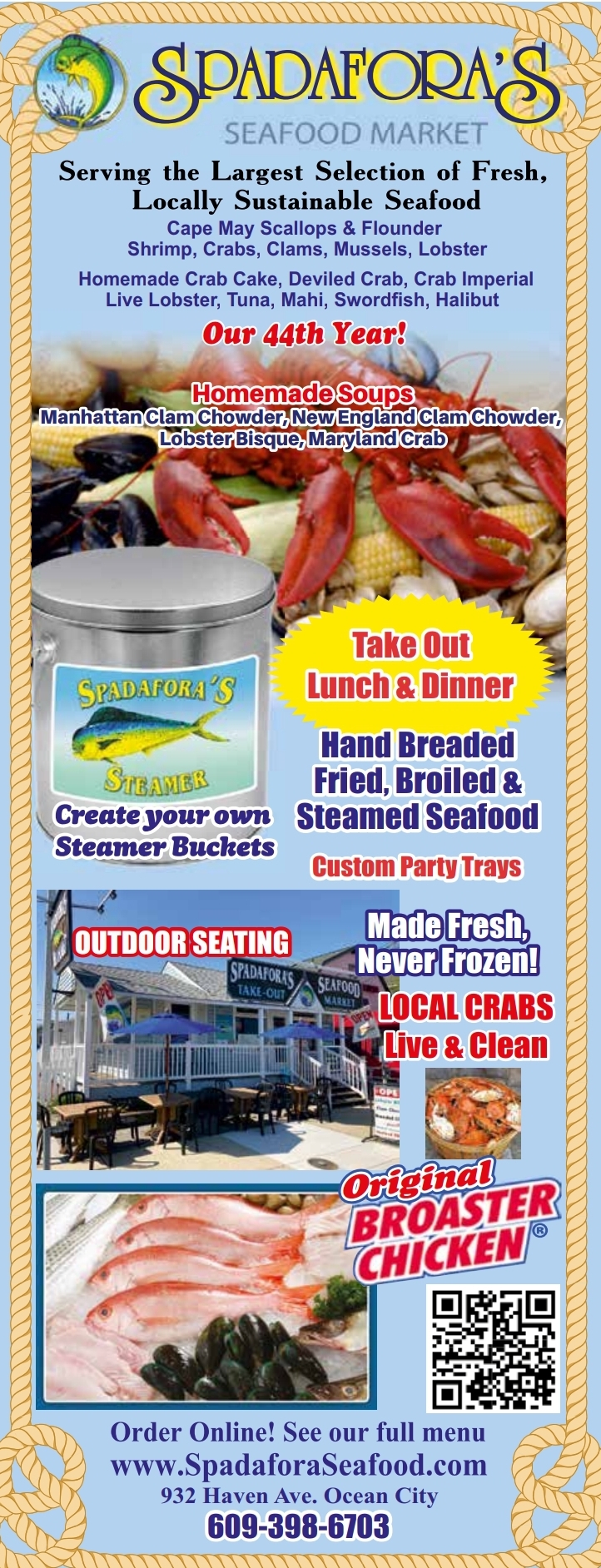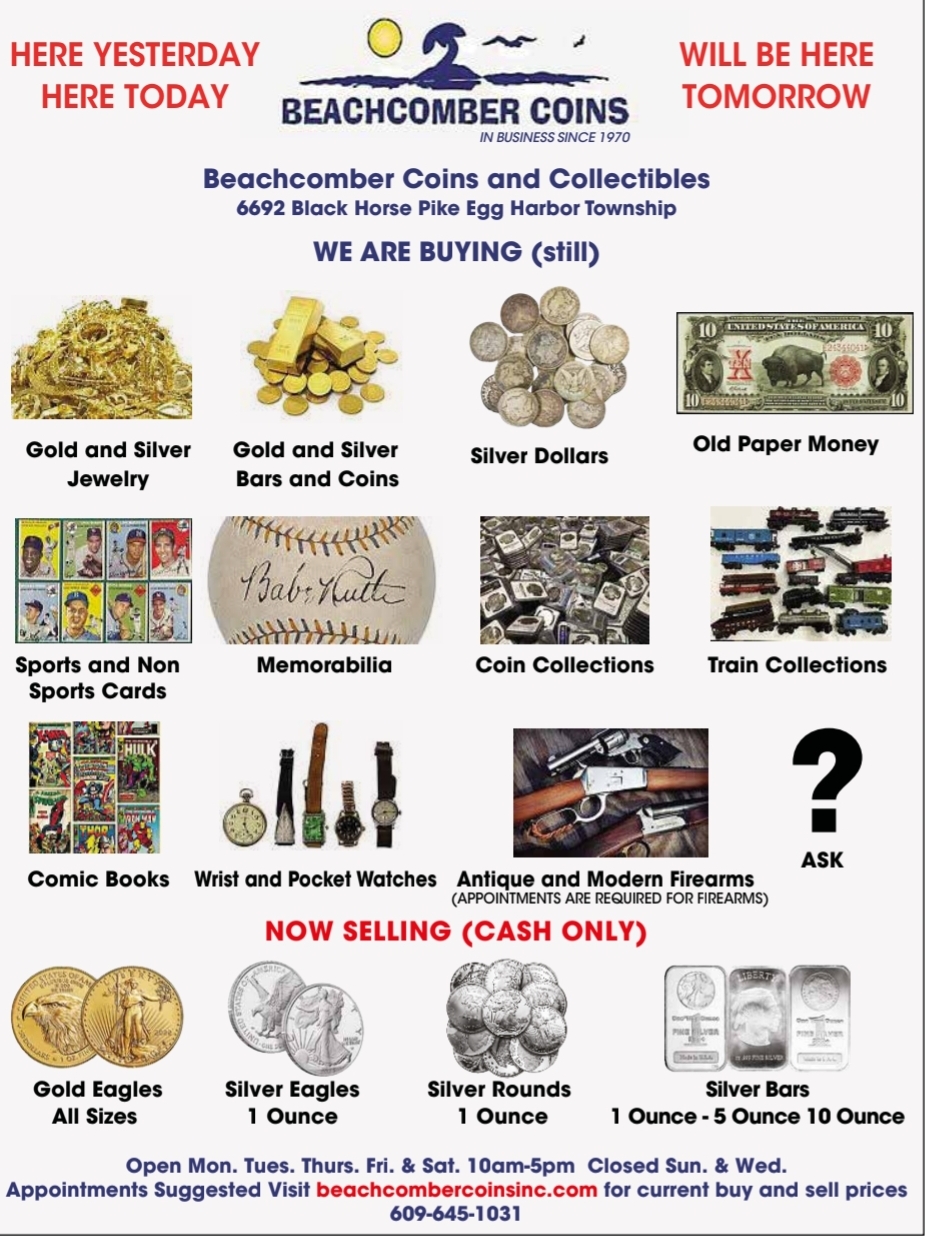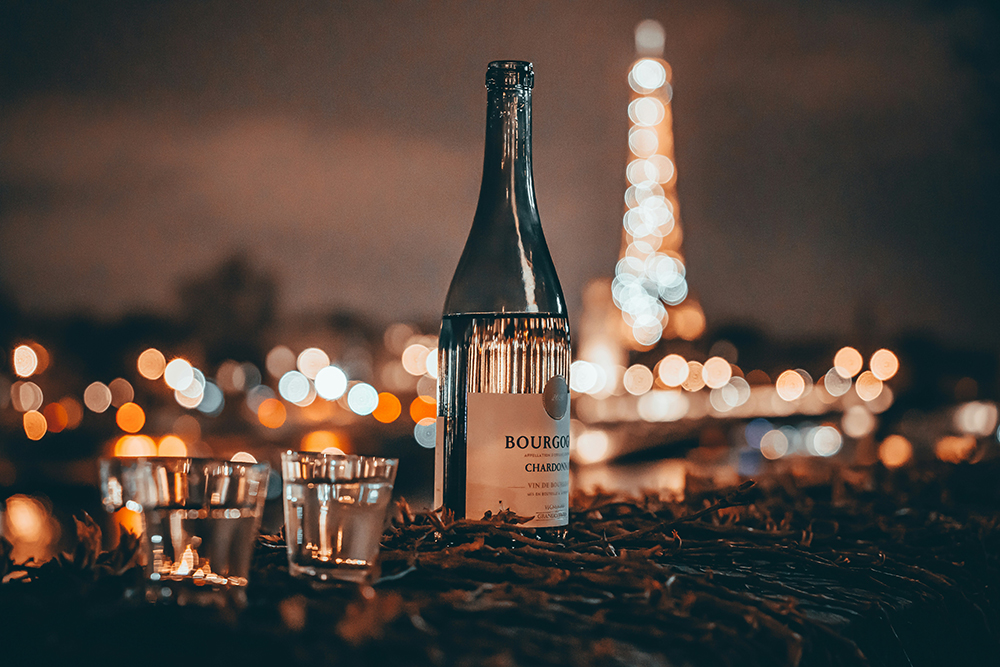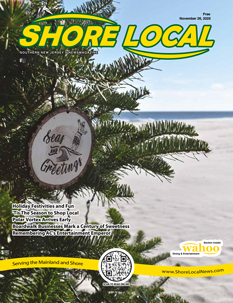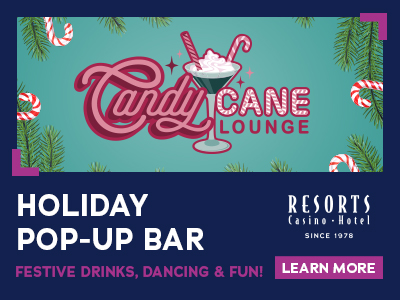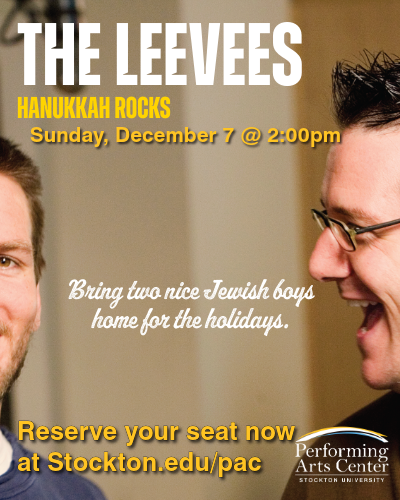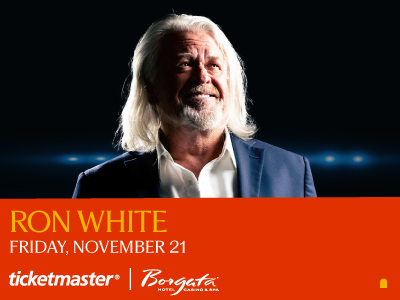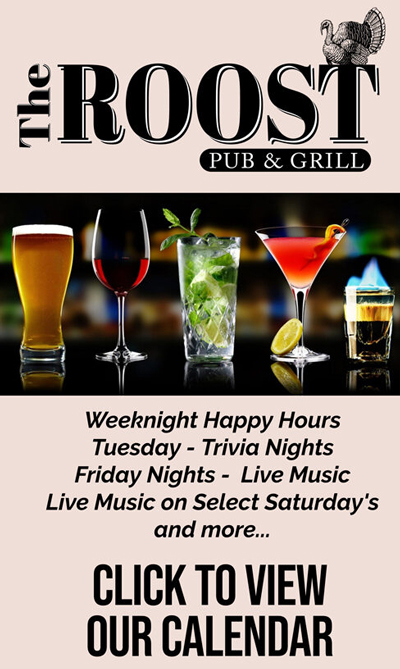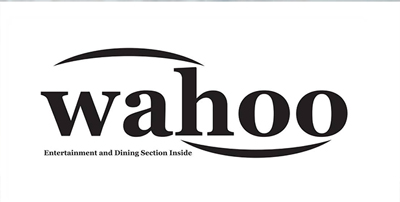Drink Up!
Forty-nine years ago, on May 24, 1976, a wine tasting event in Paris, France, changed the wine world forever. Steven Spurrier, an Englishman, a wine expert, and an entrepreneur living in Paris, brought together the crème de la crème of French winemakers, sommeliers, and wine experts to taste and evaluate wines from Bordeaux and Burgundy, France, against wines from California’s Napa Valley. You may have heard of the 2008 film, “Bottle Shock,” a film that loosely depicts the blind tasting in Paris and Spurrier’s trip to California beforehand. Interestingly, Spurrier was not happy with the film, as it was “fast and loose” (his words) with many of the details. That said, the film is entertaining and features some wonderful performances by Chris Pine, Bill Pullman, and the late, great Alan Rickman. If you have an opportunity to watch it, enjoy! Just know that it largely fictionalized the true story.
In truth, Spurrier and his colleague, an American named Patricia Gallagher, intended for the blind tasting to be a celebration of the American bicentennial and the 200-year relationship between the U.S. and France, as well as an opportunity to showcase the strides that California winemakers had made in producing good-quality wine. In the 1970s, California wines were still in their infancy and generally assumed to be of low quality. At the suggestion of Gallagher, Steven and his wife traveled to California to tour vineyards and wineries in Napa Valley and to select wines he thought might show well in Paris. He chose six Cabernet Sauvignon and six Chardonnay, the two classic French varietals that were also in production in California.
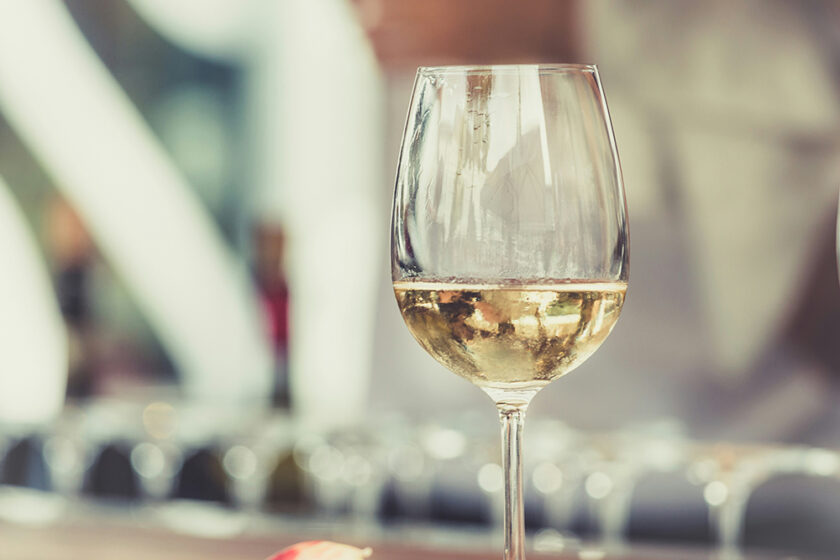
The 1976 blind tasting, which has since become known as The Judgement of Paris, was the first time that new-world wines shared space on an international stage with old-world wines. On the day of the tasting, nine judges, all French, arrived. Among them were the esteemed Madame Odette Kahn, editor of a highly prestigious wine magazine in France, and Aubert de Villaine, the director of Domaine de la Romanée-Conti, a Burgundy estate producer of some of the world’s best and most expensive wines. The tastings commenced first with Chardonnays from both countries, and then Cabernet Sauvignons. George Tabor, the only reporter willing to accept an invitation to the event, was the only person who knew which wines were from France and which were from the U.S.
When the scores were totaled, I can just imagine the shock felt throughout the wine world. California dominated the white wine category, with a 1973 Chardonnay from Chateau Montelena named the winner, and three additional CA wines in the top five. In the red category, a 1973 Cabernet Sauvignon from California’s Stag’s Leap Wine Cellars came out on top, edging out a 1970 Chateau Mouton-Rothschild from Bordeaux. Upon hearing the results, Madame Odette Khan demanded (unsuccessfully) her scorecard back so that the world would never know how she scored the wines. Aubert de Villaine later described the event as “a kick in the rear for French wine.”
George Tabor wrote an article for Vanity Fair titled “The Judgement of Paris,” the event’s eventual namesake. You can even see the score cards and some of the bottles from the event at the Smithsonian Institute in Washington, D.C. So why was this important? Did it mean that California wine is better than French wine? Not necessarily. However, the event did draw attention to the existence and quality of new-world wines produced throughout the world.
Blind tastings have become very popular in wine bars, but you can certainly simulate the Judgement of Paris at home. First, select comparably priced wines from California and France. For a red, reach for the Chateau Paloumey Haut Medoc 2021 as a Cabernet Sauvignon-based wine from Bordeaux and compare it with a California Cab, such as the Truchard Cabernet Sauvignon-based wine from Carneros, Napa Valley. Try a Merlot-dominant Bordeaux blend, such as the Chateau Carbonneau Sequoia 2022, and compare it to the J. Lohr Merlot 2022 from Paso Robles, CA. For Chardonnay, try Saint Veran 2020 from Collovray & Terrier 2022 against a Balletto Russian River Valley Chardonnay from Sonoma. Or, select a Burgundy Pinot Noir like the Domaine Chevrot Hautes Cotes de Beaune 2022 to have head-to-head with the Juggernaut Pinot Noir 2021 from Russian River Valley.
Have a friend or partner pour samples of each wine without letting you know which glass was poured from which bottle. Evaluate the appearance of each wine based on color and viscosity. Slowly swirl the wine in the glass and observe the “wine legs” that drip down the side. Generally, the more “legs” you see and the slower they cascade down, the fuller the body of the wine. Then, compare the aroma. Think F-E-W: fruit (cherry, plum, lemon, apple, etc.), earth (forest floor, soil, sea mist, etc.), and wood (oak, cedar, pencil shavings, etc.). Finally, compare the taste. Is it fruit-forward or more earthy? Is it dry, sweet, or somewhere in between? Is the taste long-lasting, or not so much? Which glass do you think is from which country? Lastly, which do you prefer overall? You be the judge!
You can conduct blind tastings for other varietals, regions, and countries. Try Sauvignon Blanc, comparing bottles from New Zealand, California, or France. Test your sense with Pinot Noirs, comparing Burgundy to Willamette Valley, Oregon to New Zealand. The possibilities are endless. As always, contact me with any questions at dsetley@passionvines.com or stop into the store. Until next time, happy wining!
David Setley is enjoying his retirement from higher education as a wine educator and certified sommelier at Passion Vines in Somers Point, New Jersey.
